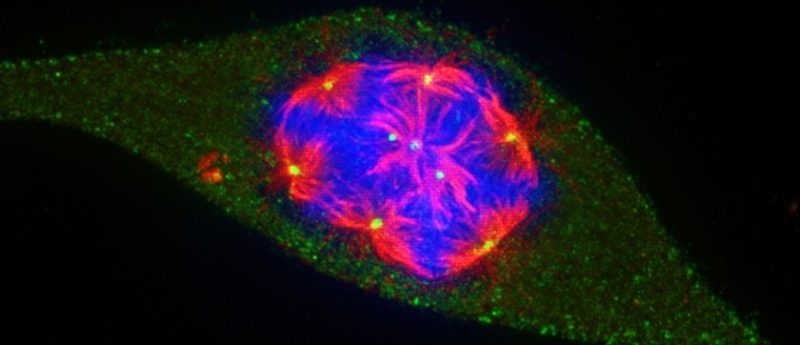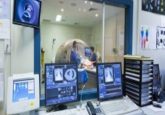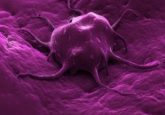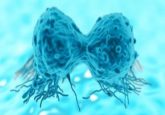The transformation of the nuclear nanoarchitecture in human field carcinogenesis

Morphological alterations of the nuclear texture are a hallmark of carcinogenesis. At later stages of disease, these changes are well characterized and detectable by light microscopy. Evidence suggests that similar albeit nanoscopic alterations develop at the predysplastic stages of carcinogenesis. Using the novel optical technique partial wave spectroscopic microscopy, we identified profound changes in the nanoscale chromatin topology in microscopically normal tissue as a common event in the field carcinogenesis of many cancers. In particular, higher-order chromatin structure at supranucleosomal length scales (20–200 nm) becomes exceedingly heterogeneous, a measure we quantify using the disorder strength (Ld ) of the spatial arrangement of chromatin density. Here, we review partial wave spectroscopic nanocytology clinical studies and the technology’s promise as an early cancer screening technology.
Click here to view the full article.





